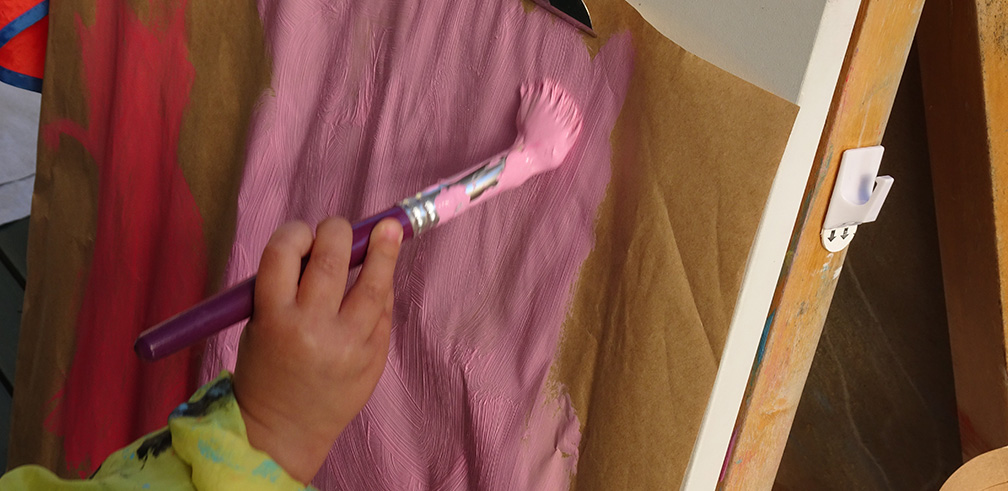Movement of the Hand to Grow the Mind
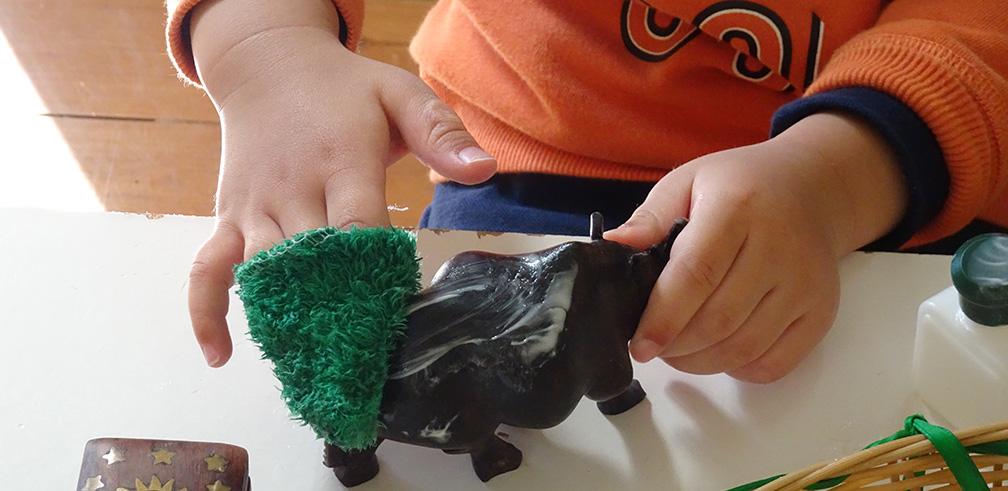
Mairi Baker, Director Birth-3 Environment
Movement of the hand, leading to development of the mind begins with the foetus’ reflexively grasping the umbilical cord, his hand stroking his face or body and sucking his thumb as he gains tactile experiences, learning about his body.
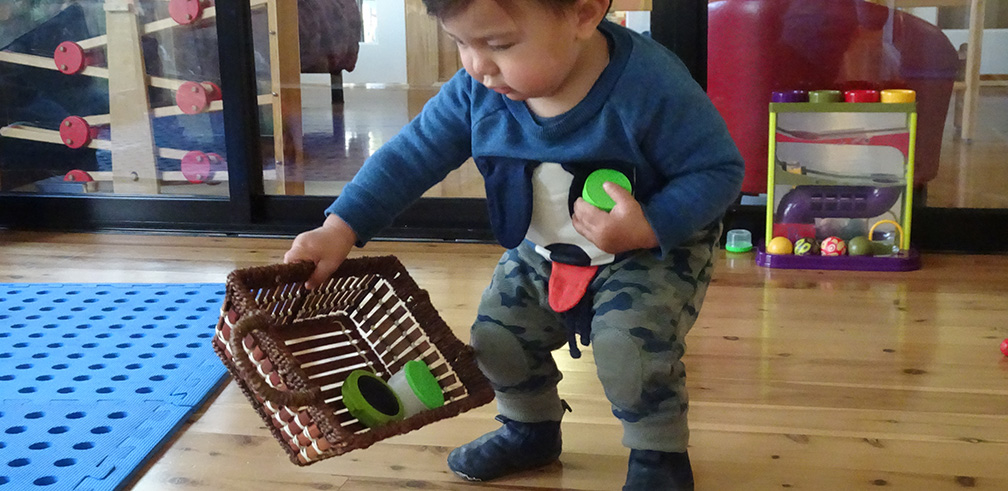
After birth a baby continues to move their hands experiencing position, pressure, texture, weight, shape and temperature which feeds the brain, developing their tactile memory with information and knowledge of their environment and the objects within it. Repetition refines movement building the brain’s capacity to experiment with possibilities.
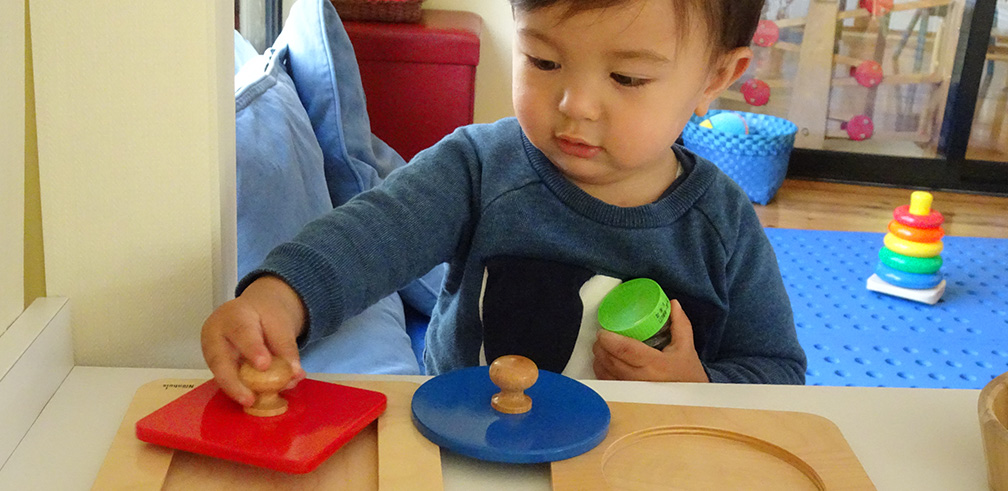
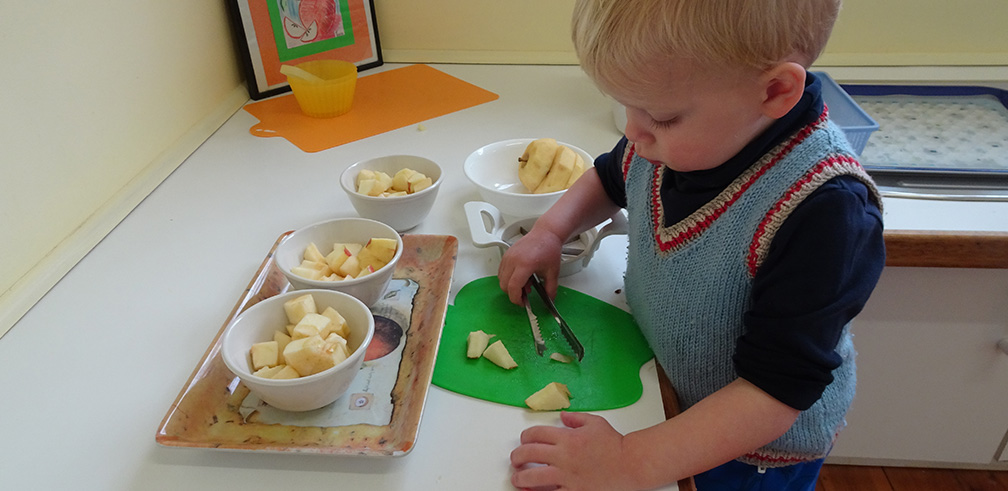
This store of tactile hand to brain experiences develops our skills in identifying familiar items using touch alone.
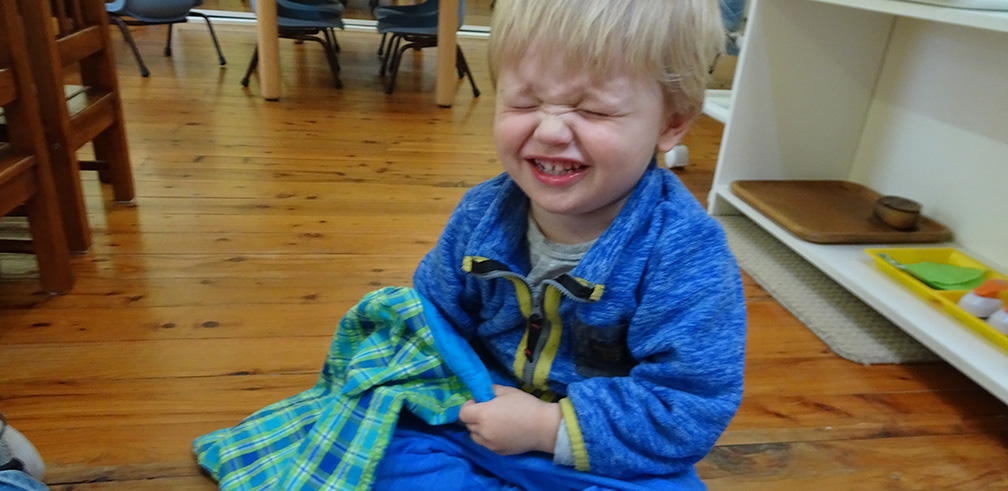
Control over the big muscles in the neck, shoulders and arms develop first as babies interact with their environment and gravity creating pathways to the brain enabling the wrist, hand and finger muscles develop. Reflexive movements of the hand and arm, perhaps knocking a nearby object or causing a bed sheet to move, enables the baby to notice and respond with growing interest to their hands.
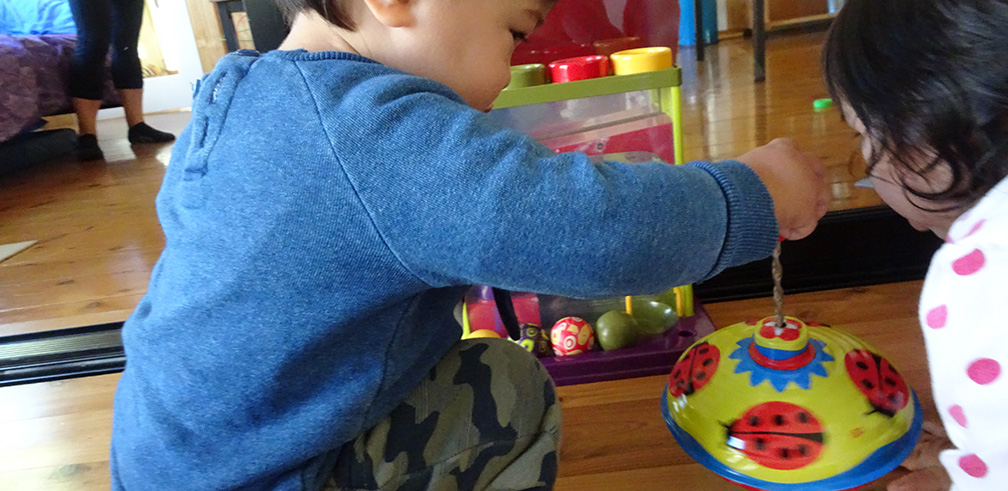
Providing babies with a range of textured materials to grasp stimulates their senses. Grasping a rattle enables the brain to experience the initial cold touch, the smooth, cylindrical feel and the sound of the rattle. The first moment the baby makes the realisation that it is their movement that creates the sound, they make the psychological realisation that they have the power to make something happen and they begin to exercise their will to experiment, develop, control and refine the movements of their hands to recreate their experiences or create new ones.
Movement of the hand becomes a link to the minds of others as babies realise that their gestures can communicate their thoughts and needs to others.
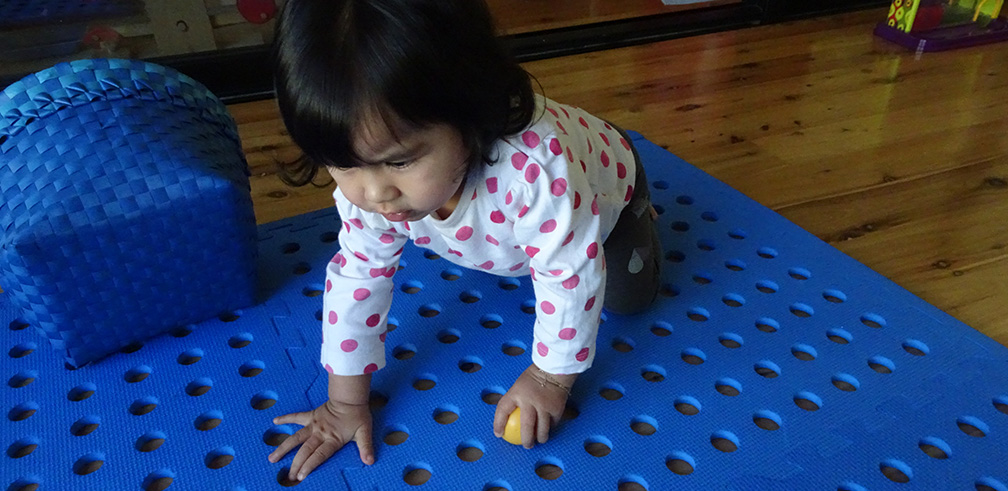
Initially, babies use their hands to move their bodies by pushing, pulling and then crawling. Once able to sit and stand, babies hands are free to explore the environment increasing the movement possibilities and the range of intellectual investigations as they manoeuvre objects in novel ways.
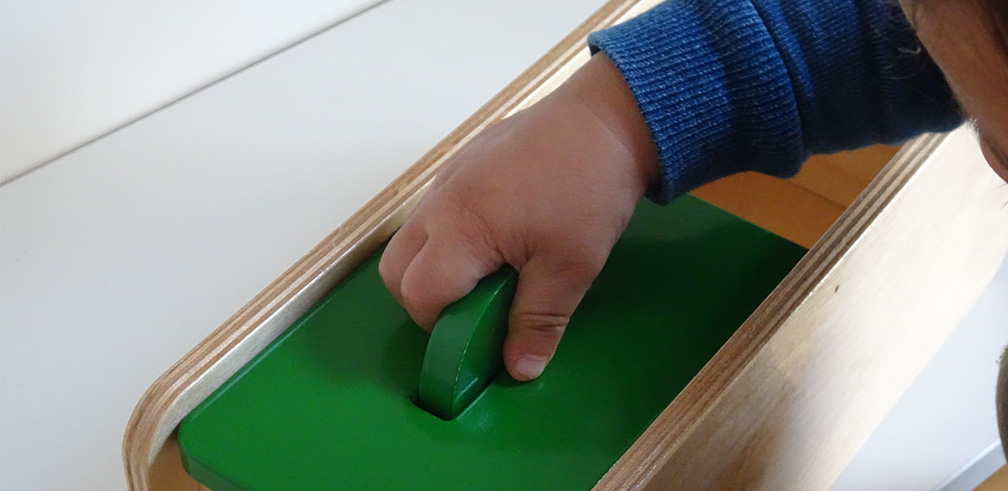
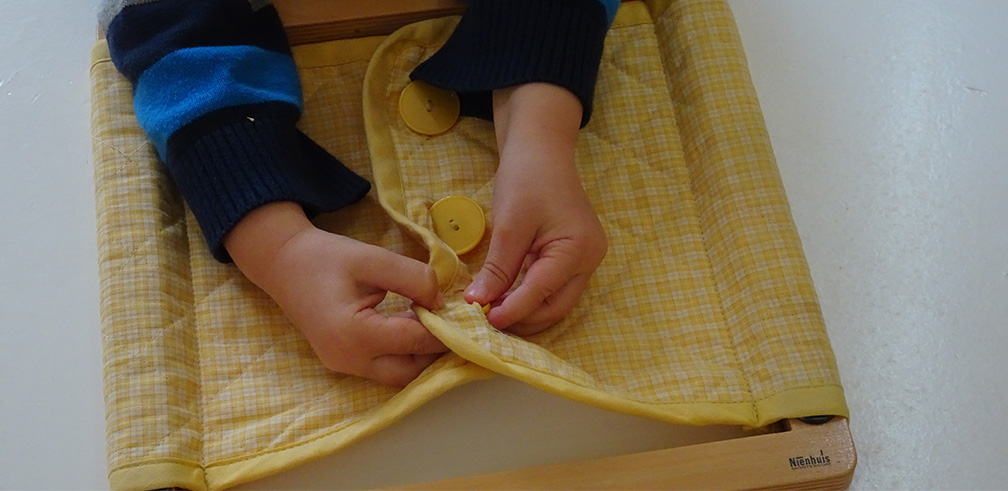
Through his efforts in developing dexterity, the child develops the skills to care for themselves and their environment.
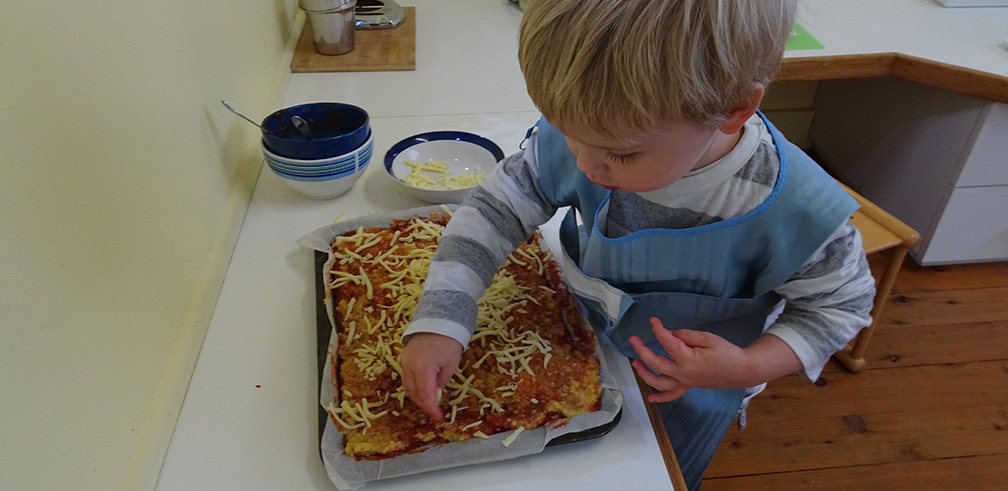
Children learn to grasp and manipulate tools to act on, make marks, create and change their environment. “He does it with his hands, by experience, first in play and then through work. The hands are the instruments of man’s intelligence.” Maria Montessori The Absorbent Mind.
